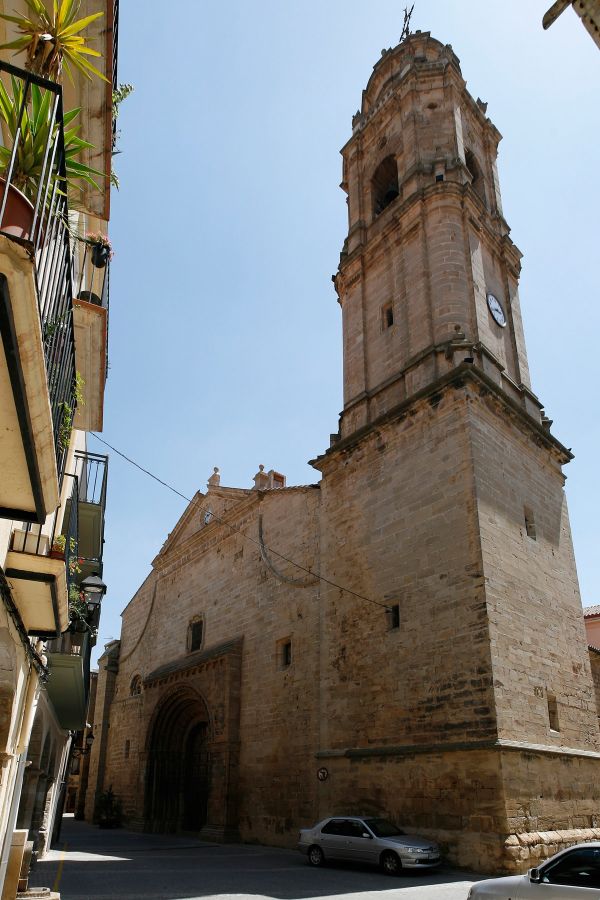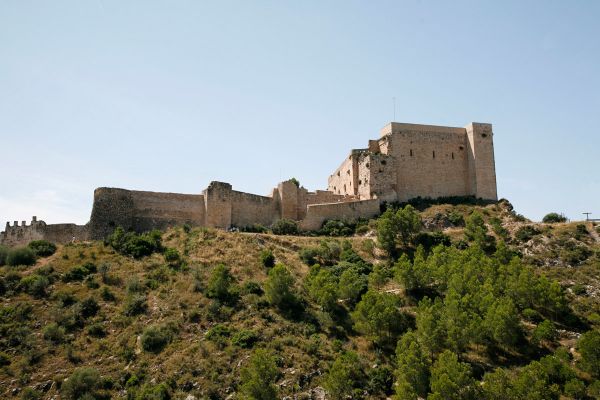When thinking about the heritage of Tarragona,
Roman legacy inevitably comes to mind. However the rich Tarragonan monument goes much further beyond that. The best example? The personality of the
Cistercian style, based upon Romanesque art.
THE FRONT OF THE BATTLEWe recommend you to begin on a stage that has been testimony to numerous struggles: the Terra Alta has survived the
Carlist Wars and the
Battle of the Ebre. Thanks to this, we can still see the
church of the Assumption in Gandesa and its Romanesque entrance way with the unparalleled "signature" of the
Lleidan school.
High on a hill above the Ebre one approaches the ancient home of the Templars. The imposing
Miravet castle fused Muslim and Byzantine details with the Romanesque style transitioning to the Gothic. Your point of destination is
Siurana where you will find the
castle that was the
last Muslim stronghold in Catalonia. Very close by, however, evidence has been found of even earlier inhabitants: very sharp
flint stones by prehistoric man!
THE OLD TÀRRACOThe wall, the amphitheatre and the arch of Berà are testimony to the centuries of Roman influence in the area of
Tàrraco. The enviable patrimony of ancient Rome was testimony to the conquest of the city by
Ramon Berenguer III in the 12th century, and of the construction of the future
Cathedral. This temple dedicated to Santa Maria is the jewel of the high part of Tarragona. From the exterior you can see the
sarcophagus of Bethesda, a fourth century Paleochristian vestige integrated into the wall.
THE LAND OF THE CISTERCIANSIt is time to immerse yourself in the Cistercian world, that of a
religious order to which two of the country's most remarkable monasteries belong.
Poblet is an open history book: a mausoleum of the kings of Aragon in the past, currently it is the only Catalan monastery declared a
World Heritage Site by UNESCO.
Very close by,
Santes Creus represents the most authentic Cistercian style of the area. It is the only monastery of the so-called
Cistercian Route that is no longer home to monastic life. Here rest the mortal remains of
Pere el Gran and
Roger of Llúria, two of the architects of the supremacy of the Crown of Aragon in the Mediterranean at the end of the 13th century.
Have we managed to inspire you? If you have any other interesting suggestions please send them to us on Facebook or publish your photos on Instagram with the hashtag #patrimonicultural. 


